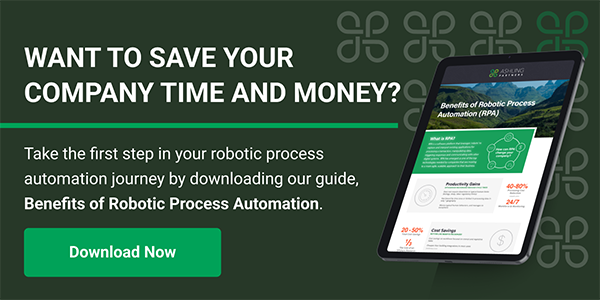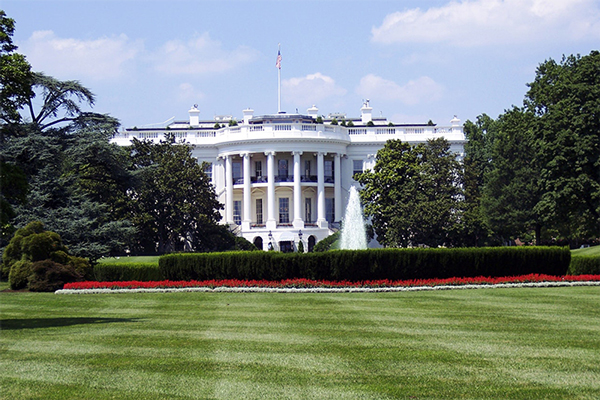This first week of December has some potentially meaningful activities occurring. On Thursday, December 6th, the White House is hosting leading technology executives for a meeting. The White House called the meeting to discuss “bold, transformational ideas” to “help ensure U.S. leadership in industries of the future.” Simultaneously, There is a conference on Intelligent Automation happening now in Austin, TX that is discussing the value of automation in organizations and how to continue the momentum already growing around the future of work and to have automation augment the work that employees currently perform.
As organizations continue to be more and more global, there is a need to be more efficient and competitive. The meeting at the White House is specifically meant to address the US competitiveness in the global markets and understanding that technology is a leading method to help address this competitiveness. Coincidentally, this is EXACTLY what intelligent automation also addresses.
As Brian Barrett from our company wrote in an earlier blog, there are numerous technology trends growing in popularity and captivating the business world (that could be discussed at the White House event). The Internet of Things, Blockchain, Enhanced Cybersecurity, and Edge Computing are just a few. Each of these technologies are advancing and growing in demand. Although they are all intriguing, the area that I feel is the most exciting and where I foresee the greatest potential impact on changing the way we do business is Intelligent Automation (IA) and Artificial Intelligence (AI).
There are several areas that fall into Intelligent Automation and Artificial Intelligence. Some of these include Robotics Process Automation (RPA), Chatbots, Machine Learning, Self-Driving Cars, and Deep Learning. In IA, some of these technologies are being combined to pack a powerful two-birds-with-one -stone punch. For example, when RPA and Optical Character Recognition (OCR) join forces to fulfill time-consuming and rule-driven processes that would have required many FTEs to fulfill. Other technologies like Microsoft Azure AI are being used to predict failures, enhance customer service through chatbots, or forecast demand and price optimization. AI is being applied in many aspects of business such as: improving agricultural output, enable real-time pricing decisions, and advancing healthcare through deep-learning, image analysis, and automating administrative tasks.

As discussed in an earlier blog, RPA can offer various benefits from the enterprise level all the way down to the employee level by automating tasks and processes that are repetitive and consistent. It can reduce costs, improve consistency (and therefore reduce errors in processing), and potentially provide a better engaging experience for the end customer because these processes now can be done 24×7.
And as more organizations begin implementing Intelligent Automation and realizing benefits from it, it could possibly overhaul how businesses hire and manage their resources in the future. I hope the White House takes a long, hard look at Intelligent Automation and supports the growth of this industry to further the competitiveness of organizations in the global marketplace.


